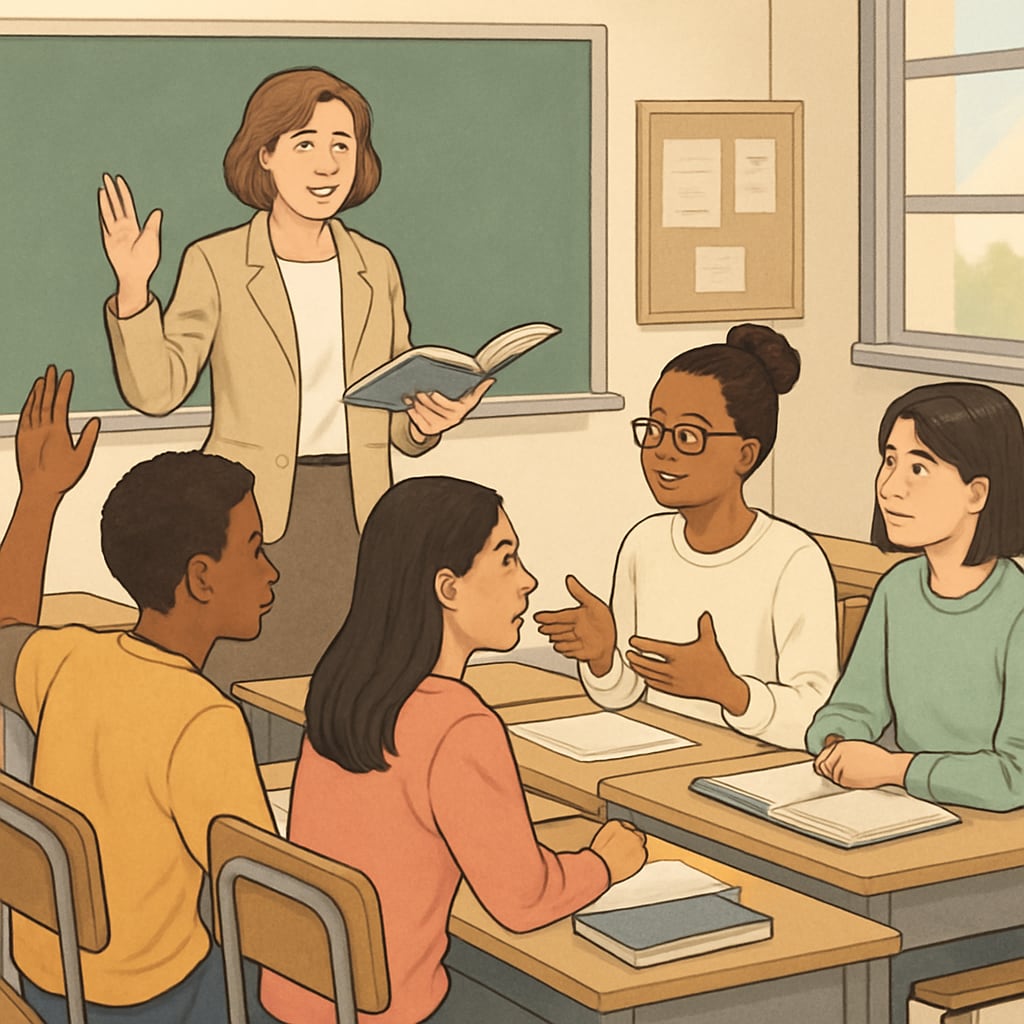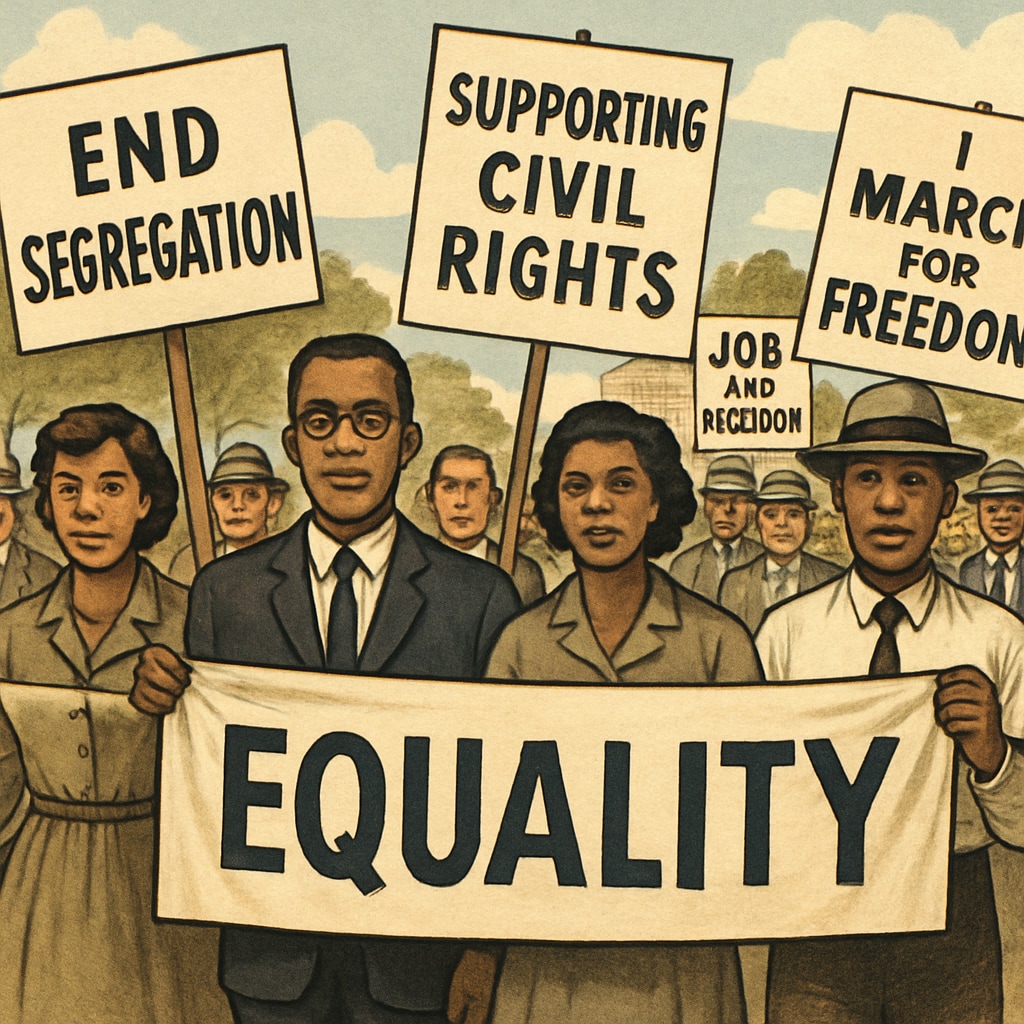The inclusion of class stratification narratives in K-12 education has raised concerns about its impact on students’ worldviews. By introducing rigid concepts of social hierarchy during formative years, we risk instilling a sense of inevitability regarding societal divisions. This article examines the potential harm caused by such narratives, identifies their flaws, and discusses the shared responsibility of educators and parents in fostering hope and critical thinking among children.
The Risks of Teaching Class Stratification as Immutable
Class stratification (the division of society into hierarchical layers) is an essential topic in social studies. However, presenting it as an unchangeable reality can lead to several negative consequences:
- Limiting aspirations: Students from less privileged backgrounds might internalize the idea that their socioeconomic status defines their potential.
- Reinforcing stereotypes: Such education can perpetuate biases and misconceptions about different social classes.
- Suppressing critical thought: Framing stratification as inevitable discourages students from questioning societal structures and seeking change.
When children are exposed to these ideas without a balanced perspective, it can shape their self-image and interactions with others in damaging ways.

Flawed Narratives: The Danger of Oversimplification
One major issue with teaching class stratification in a rigid manner is the oversimplification of complex social dynamics. Simplistic explanations can obscure the nuances of social mobility, systemic inequities, and historical progress. For example, portraying class as a static structure ignores the role of education, policy, and individual agency in shaping societal outcomes.
Moreover, such narratives fail to showcase examples of individuals and movements that have challenged and changed societal norms. Students need to understand that history is filled with instances where collective action and innovation have dismantled oppressive systems.

Promoting Critical Thinking and Hope in Social Learning
To address the pitfalls of rigid class narratives, educators can adopt a more dynamic approach to social learning. Here are several strategies:
- Introduce diverse perspectives: Highlight stories of individuals who transcended social barriers and the systemic factors that enabled their success.
- Encourage debate and dialogue: Create opportunities for students to discuss and critically analyze societal structures.
- Focus on solutions: Teach students about policies, technologies, and movements that promote equity and social mobility.
- Incorporate interdisciplinary learning: Use history, economics, and sociology to provide a holistic view of class dynamics.
By fostering hope and critical thinking, educators and parents can equip students with the tools to envision and contribute to a more equitable world.
Our Shared Responsibility
Addressing the challenges of class stratification narratives requires a collective effort from educators, parents, and policymakers. Parents can reinforce positive messages at home, while schools can prioritize inclusivity in their curricula. Policymakers, on the other hand, must ensure that educational content reflects the complexities and possibilities of societal change.
As a result, students can grow into adults who are not only aware of societal challenges but also empowered to address them. Education should inspire action, not resignation.
In conclusion, the dangers of rigid class stratification narratives in K-12 education cannot be overlooked. By adopting balanced, hope-driven approaches, we can nurture critical thinkers ready to challenge societal norms and build a brighter future.


